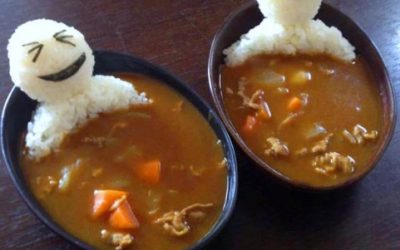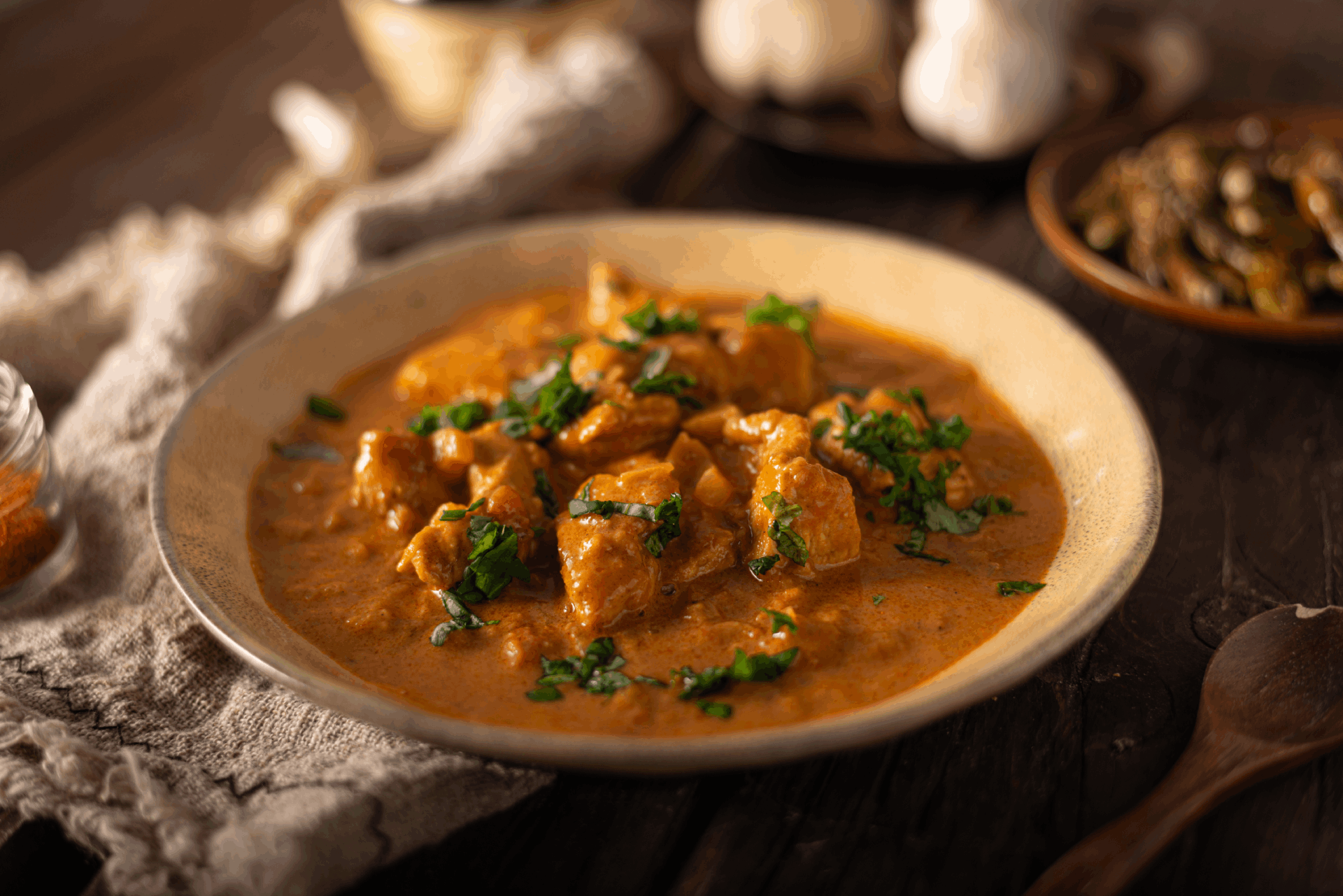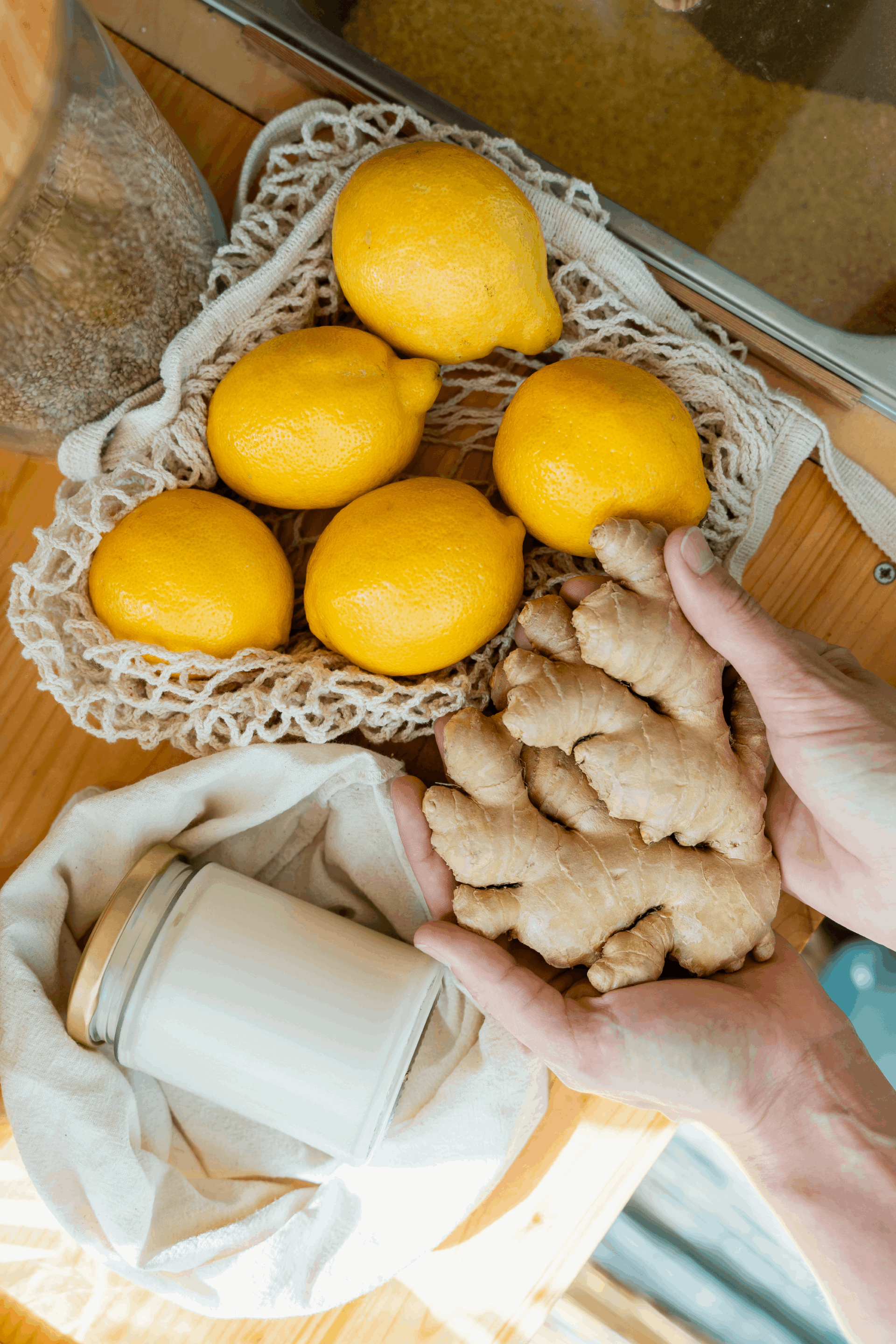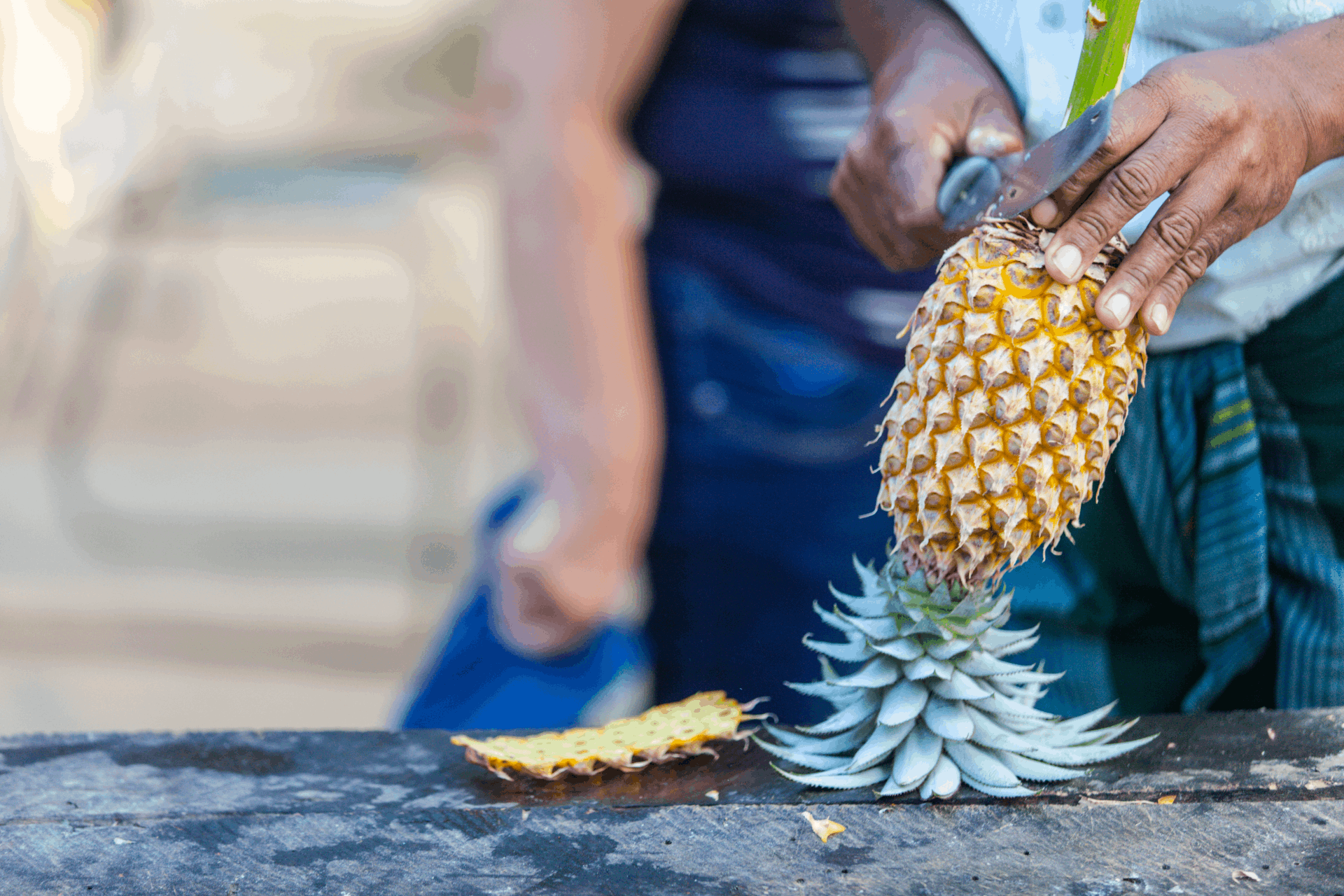This recipe may be regarded as an anti-inflammatory power house. It is suitable for anyone suffering with an inflammatory joint condition from rheumatoid and osteoarthritis, through to bursitis and tendinitis (or indeed anyone who just likes a good curry!)
Ingredients
1 Tablespoon of olive oil. 2 Red onions, thinly sliced. 2 Large cloves of garlic, finely chopped. 1 Teaspoon of freshly grated ginger. 2 Green chillies, thinly sliced. 1 Teaspoon ground coriander. 1 Teaspoon ground cumin. 1 Teaspoon black mustard seeds. 1 Heaped teaspoon of turmeric. 800g of sweet potato diced with skins left on. 375ml vegetable stock. 150g spinach, coarsely chopped. Large handful of fresh coriander leaves, coarsely torn. 1 Tablespoon toasted flaked almonds.
Method
- Heat the oil in a large saucepan and cook the onion, garlic, ginger, and chili.
- When the onion has softened, add all the spices and heat until they are becoming fragrant.
- Add the sweet potato and stock and simmer for about 15-20 minutes until the sweet potato is soft.
- At this point add the spinach.
- Once the spinach has wilted, the curry is ready to serve.
- It is best served with brown rice to further increase its nutritional profile.
Therapeutic effects
Sweet potatoes – These are a great source of several anti-inflammatory compounds, all of which contribute to its wonderful orange coloured flesh. The first of these is beta carotene. This precursor to vitamin A is a strong antioxidant nutrient. Many inflammatory responses are associated with free radicals. This nutrient helps to combat the effect of these reactive molecules.
Turmeric – This herb has been used in traditional ayurvedic medicine. Again, it’s a powerful anti-inflammatory agent, thanks to a chemical group known as curcuminoids, which make up its yellow pigment (and stains your shirt after a night at your local curry house)
Ginger – This spicy ingredient has been used in traditional medicine, the world over, throughout history. It is most commonly used in the treatment of nausea, and for improving circulation. However, in recent years it has come to light that ginger can have a very beneficial effect upon patients suffering with both osteo and rheumatoid arthritis.
The key component here is a group of chemicals known as gingerols. These compounds are again anti-inflammatory, but work in a different way to the other ingredients discussed so far.
Garlic – In addition to having anti-bacterial properties researchers have also confirmed that garlic provides anti-inflammatory benefits.
Green chillies – A good source of Vitamin A, C and K it has also contains the chemical compound Capsaicin. This compound works by depleting or interfering with substance P, a chemical involved in transmitting pain impulses to the brain. Many people use creams and patches of it to treat Osteoarthritis, Rheumatoid Arthritis and Diabetic Neuropathy. Taken orally (depending on your preference) they have been demonstrated to produce an Endorphin Rush creating an immediate feeling of well being.
Why not have some (Anti-inflammatory) dessert.
Fresh Pineapple – Pineapple is rich in vitamin C and the enzyme bromelain, which has been linked to decreased pain and swelling in both osteoarthritis and rheumatoid arthritis.
It is known to have anti-coagulant properties so consult your Doctor if you are taking anti-coagulants like Warfarin or using blood thinning injections like Heparin.








